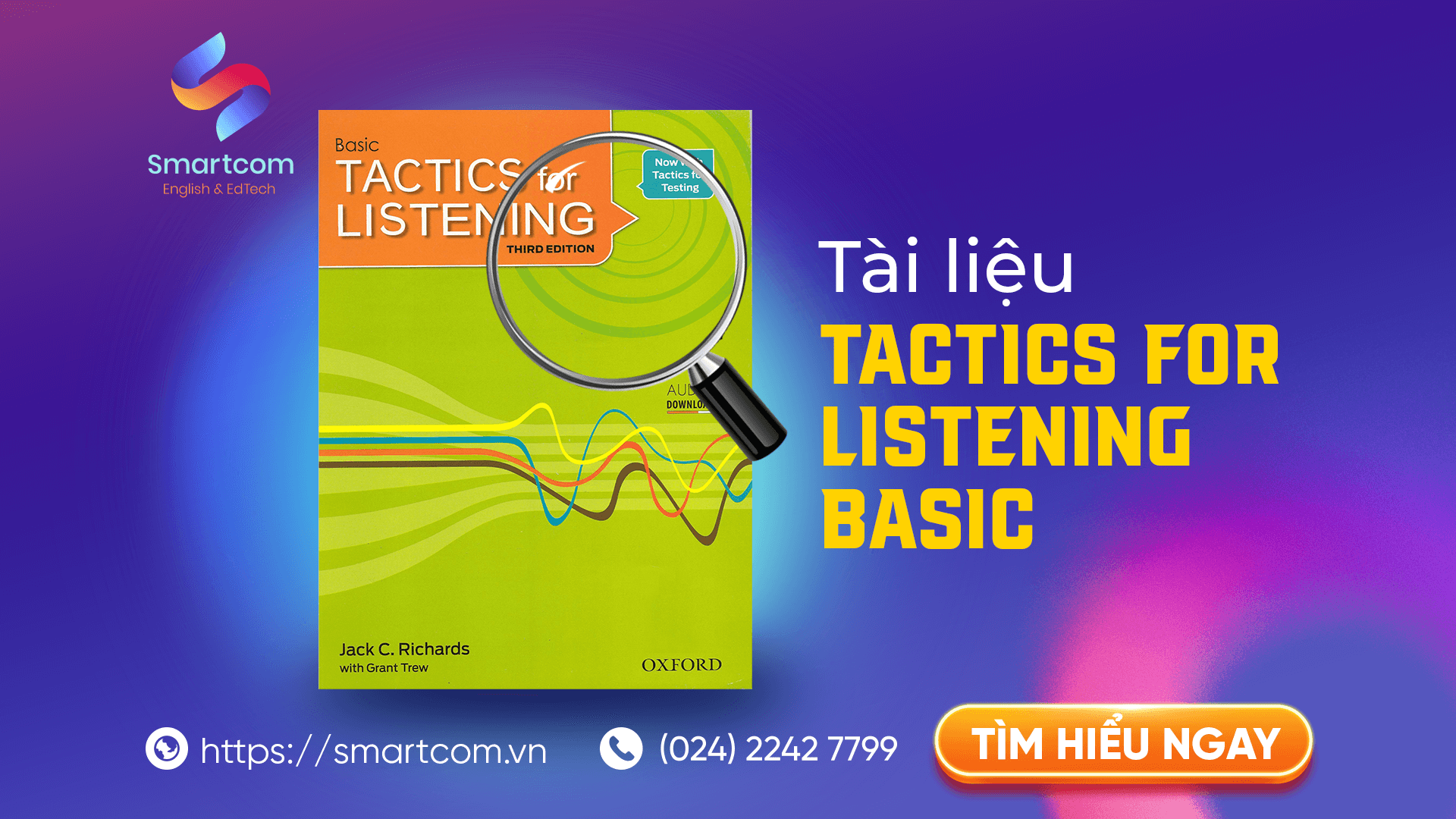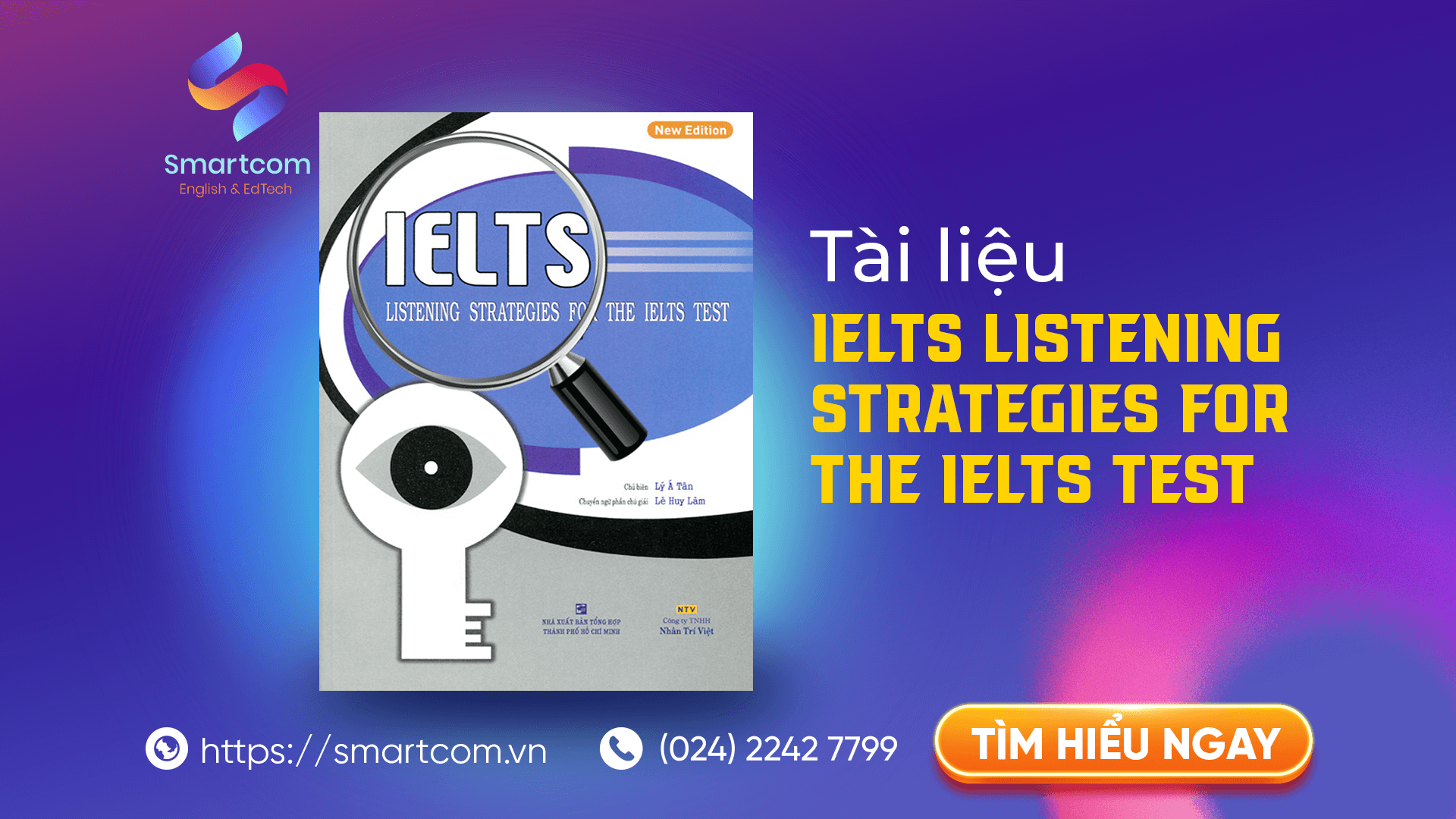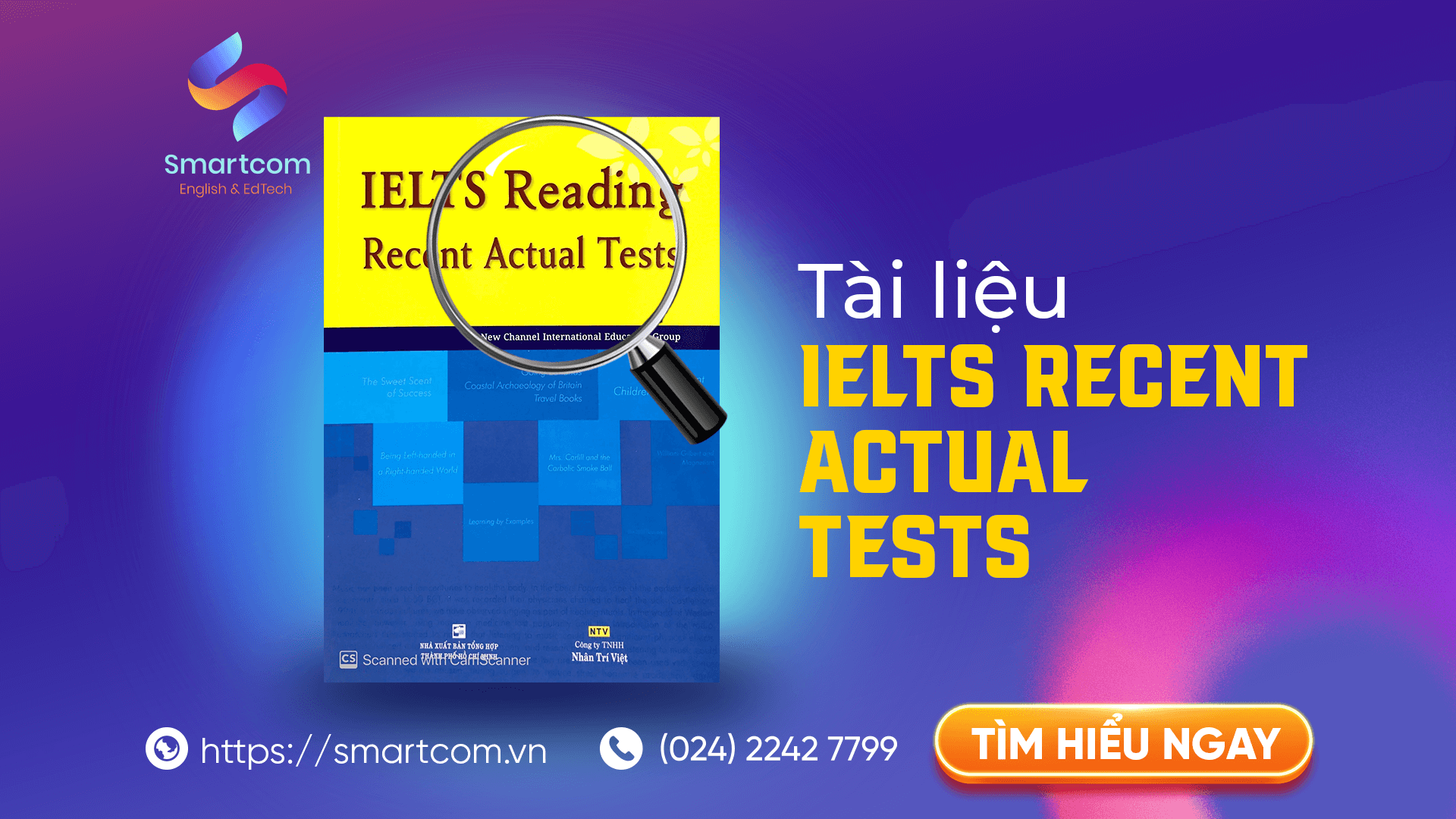Đội ngũ chuyên gia tại Smartcom English là tập hợp những chuyên gia đầu ngành trong lĩnh vực IELTS nói riêng và tiếng Anh nói chung. Với phương pháp giảng dạy sáng tạo, kết hợp với công nghệ AI, chúng tôi mang đến những trải nghiệm học tập độc đáo và hiệu quả. Mục tiêu lớn nhất của Smartcom Team là xây dựng một thế hệ trẻ tự tin, làm chủ ngôn ngữ và sẵn sàng vươn ra thế giới.
Interviews often form the basis of selection procedures in many large companies. Some think that this means is not reliable in choosing people to employ and other methods should be used. To what extent do you agree or disagree?
BC – IELTS Computer-delivered test – August 9th 2024
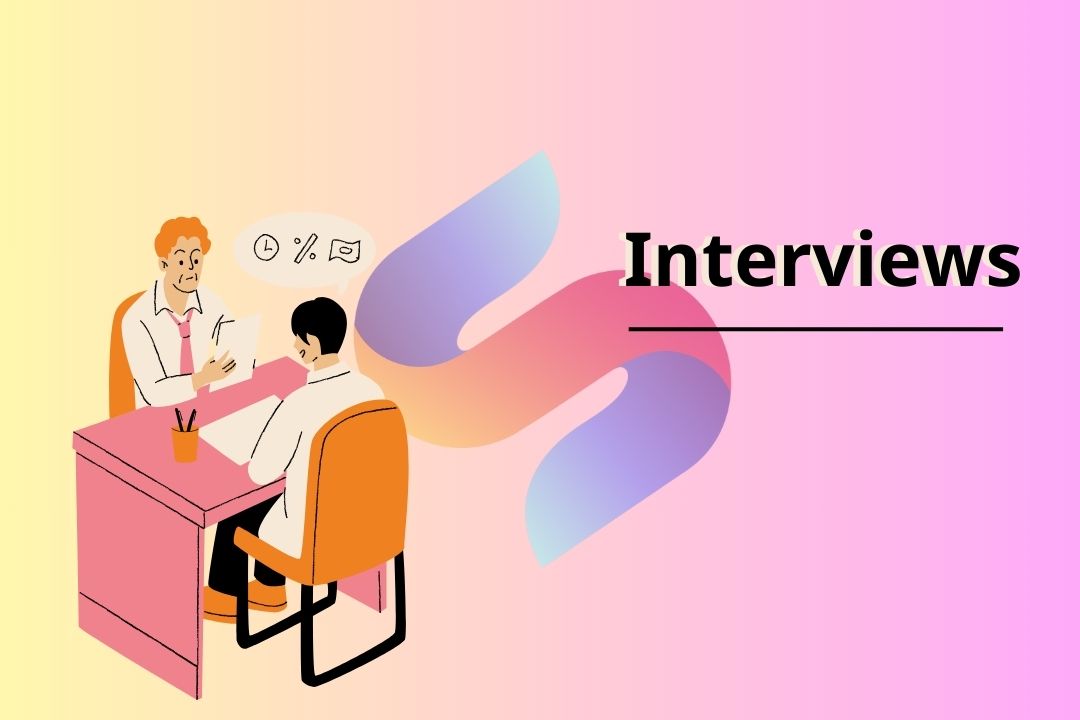
Đề bài này có thể được dịch là “Phỏng vấn thường là căn cứ cho quy trình tuyển chọn trong nhiều công ty lớn. Một số người cho rằng phương pháp này không đáng tin cậy trong việc lựa chọn người lao động và các phương pháp khác nên được sử dụng. Bạn đồng ý hay không đồng ý đến mức độ nào?”
Phân tích đề bài
- Yêu cầu: Đánh giá sự tin cậy của việc phỏng vấn trong quá trình tuyển dụng.
- Tranh luận: Một số người cho rằng phỏng vấn không đáng tin cậy, cần sử dụng phương pháp khác.
Với dạng bài Agree or Disagree, bạn có thể chọn cách triển khai đề bằng việc hoàn toàn ủng hộ hay hoàn toàn không ủng hộ, ở bài mẫu này triển khai theo hướng 5 đoạn văn, trong đó có 3 đoạn thân bài, thì 1 đoạn thân bài đầu tiên là agree, 1 đoạn thân bài tiếp theo là disagree, đoạn thân bài thứ 3 sẽ đưa ra quan điểm thiên về hướng agree, và cung cấp giải pháp thay thế cho việc phỏng vấn.
Dàn bài thân bài
I. Disagree
Luận điểm 1: Phỏng vấn là một phương pháp hiệu quả để đánh giá kỹ năng mềm của ứng viên.
Phỏng vấn trực tiếp cho phép đánh giá khả năng giao tiếp, thuyết trình, xử lý tình huống, và sự tự tin của ứng viên.
Các kỹ năng mềm này rất quan trọng trong môi trường công việc hiện đại.
Luận điểm 2: Phỏng vấn có thể cung cấp thông tin bổ sung về ứng viên.
Phỏng vấn giúp hiểu rõ hơn về động cơ, mục tiêu nghề nghiệp, và giá trị quan của ứng viên.
Điều này có thể giúp đánh giá sự phù hợp của ứng viên với văn hóa công ty và yêu cầu công việc.
II. Agree
Luận điểm 1: Phỏng vấn có thể bị ảnh hưởng bởi yếu tố chủ quan.
Các nhà tuyển dụng có thể bị ảnh hưởng bởi các yếu tố như ngoại hình, giọng nói, hoặc ấn tượng ban đầu.
Điều này có thể dẫn đến đánh giá không công bằng và bỏ qua những ứng viên có tiềm năng.
Luận điểm 2: Phỏng vấn không thể đo lường được thành tích thực tế của ứng viên.
Phỏng vấn chỉ có thể đánh giá khả năng thuyết trình và giao tiếp của ứng viên, không thể kiểm tra trực tiếp kiến thức và kinh nghiệm của họ.
Để đánh giá chính xác năng lực của ứng viên, cần kết hợp phỏng vấn với các phương pháp khác như kiểm tra kiến thức, bài tập thực hành, hoặc tham khảo đánh giá từ người quản lý trước đây.
Bài luận band 8.5
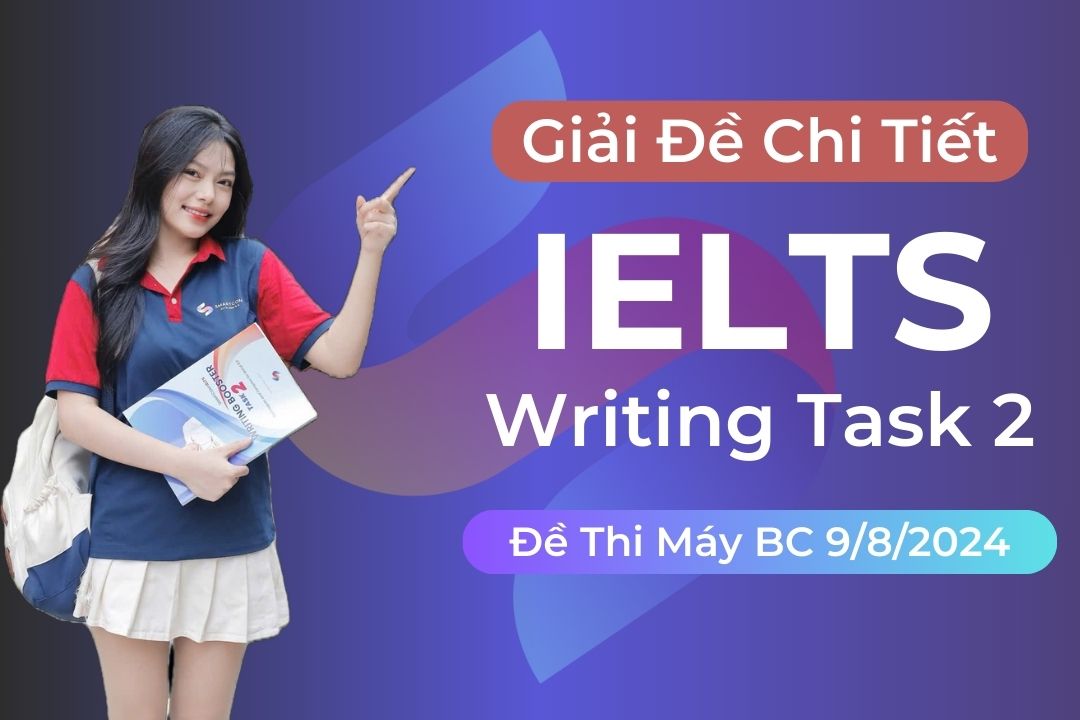
While interviews have long been a cornerstone of recruitment processes in numerous large organizations, their reliability in selecting suitable candidates remains a subject of debate. While I acknowledge the limitations of interviews, I contend that they remain an indispensable tool in the hiring process when used in conjunction with other assessment methods.
Undoubtedly, interviews offer a unique opportunity to evaluate candidates’ soft skills, such as communication, interpersonal abilities, and problem-solving skills. These intangible qualities are often difficult to quantify through other means and are crucial for success in many roles. Moreover, interviews provide a platform for candidates to showcase their personality, motivations, and cultural fit within the organization. Such insights can be invaluable in determining if an individual is likely to thrive in a particular company culture.
However, it is essential to recognize the inherent subjectivity of interviews. The outcomes can be significantly influenced by factors such as the interviewer’s biases, the candidate’s performance on the day, and the overall rapport established during the conversation. Additionally, interviews may not accurately reflect an individual’s actual abilities or accomplishments. For instance, a highly skilled candidate may struggle to articulate their expertise in a face-to-face setting, leading to an unfair assessment.
To mitigate these limitations, organizations should adopt a multifaceted approach to recruitment that complements interviews with other assessment methods. For example, aptitude tests can provide objective measures of cognitive abilities and technical skills. Work samples or simulations can evaluate practical skills and problem-solving capabilities in a more realistic context. Furthermore, gathering feedback from previous employers or colleagues can offer valuable insights into a candidate’s past performance and work ethic.
In conclusion, while interviews possess certain limitations, they continue to play a vital role in the recruitment process. By recognizing the subjective nature of interviews and combining them with other assessment methods, organizations can make more informed hiring decisions. A holistic approach that considers both qualitative and quantitative data is essential to identify candidates who possess the necessary skills, experience, and cultural fit to contribute to the organization’s success.
Bảng từ vựng nâng cao:
| Từ vựng | Từ loại | Phiên âm | Nghĩa tiếng Việt |
|---|---|---|---|
| cornerstone | noun | /ˈkɔːnəstəʊn/ | nền tảng, trụ cột |
| indispensable | adjective | /ˌɪndɪˈspɛnsəbl/ | không thể thiếu, cần thiết |
| intangible | adjective | /ɪnˈtændʒəbl/ | vô hình, khó nắm bắt |
| quantify | verb | /ˈkwɒntɪfaɪ/ | định lượng, đo lường |
| mitigate | verb | /ˈmɪtɪɡeɪt/ | giảm nhẹ, làm dịu |
| inherent | adjective | /ɪnˈhɪərənt/ | vốn có, cố hữu |
| aptitude | noun | /ˈæptɪtjuːd/ | năng khiếu, khả năng |
| simulation | noun | /ˌsɪmjʊˈleɪʃn/ | mô phỏng |
| holistic | adjective | /həʊˈlɪstɪk/ | toàn diện |
Tham khảo thêm: Giải đề IELTS Writing task 2 thi máy IDP ngày 29/8/2024 (Bài luận chủ đề: University Education)
Hi vọng bài viết giải đề IELTS Writing task 2 thi máy BC ngày 9/8/2024 này đã cung cấp cho các bạn những kiến thức hữu ích cho chủ đề phỏng vấn cũng như cách triển khai lập luận và vận dụng từ vựng để đạt band điểm tốt nhất. Chúc các bạn thành công!
Và, giữa vô vàn trung tâm, bạn còn đang tự hỏi học IELTS ở đâu tốt và chi phí học IELTS có quá đắt đỏ? Smartcom English là lựa chọn lý tưởng với lộ trình học riêng biệt cho từng học viên, tối ưu cả thời gian lẫn chi phí.
Kết nối với mình qua
Bài viết khác

![[PDF + Audio] Tải Sách IELTS Cambridge 19 (Kèm đáp án)](https://smartcom.vn/blog/wp-content/uploads/2024/06/ielts-cambridge-19_optimized.png)

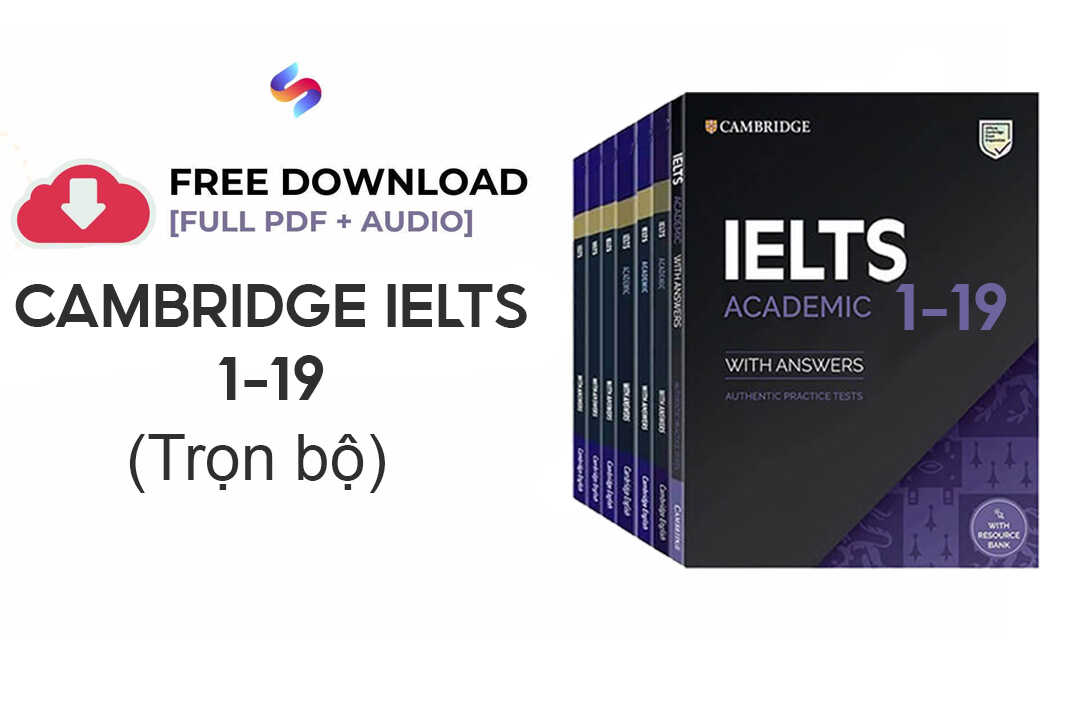
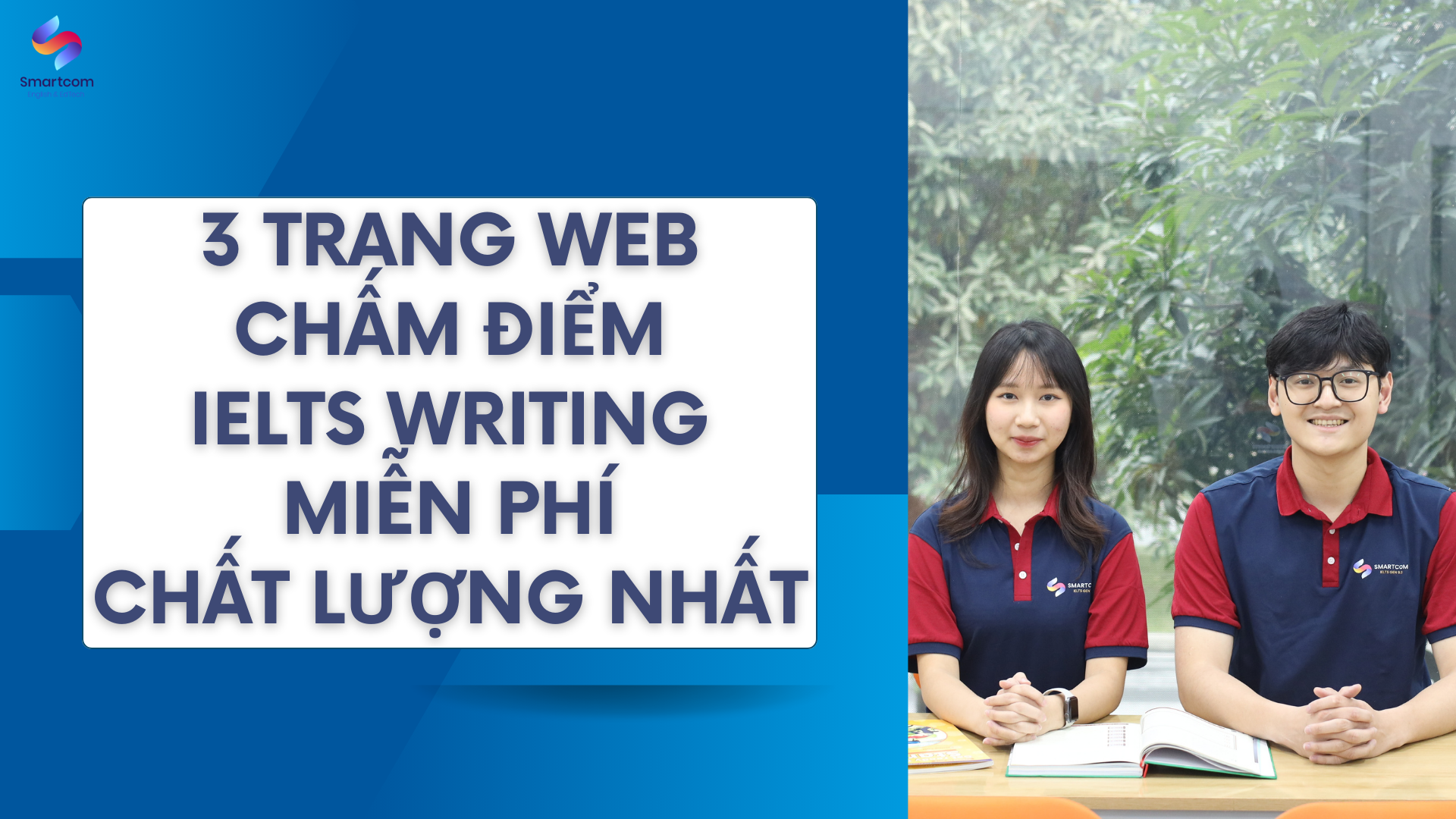
![[PDF + Audio] Tải Sách IELTS Cambridge 17 (Kèm đáp án)](https://smartcom.vn/blog/wp-content/uploads/2024/07/sach-ielts-cambridge-17_optimized.jpg)
![[PDF + Audio] Tải Sách IELTS Cambridge 15 (Kèm đáp án)](https://smartcom.vn/blog/wp-content/uploads/2024/07/ielts-cambridge-15_optimized.jpg)






